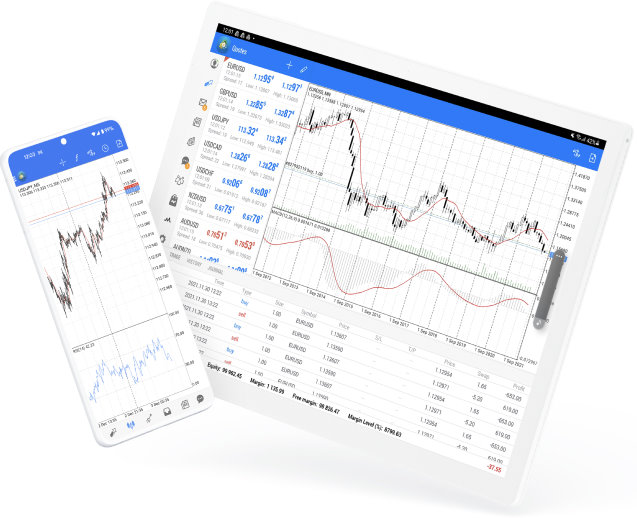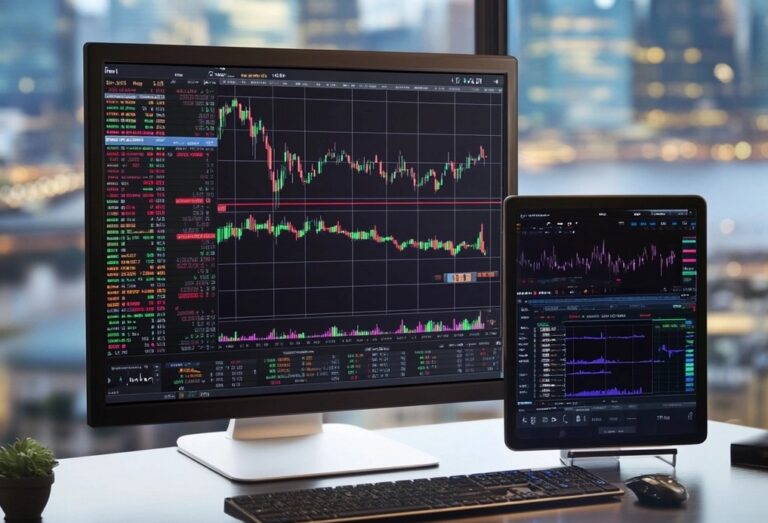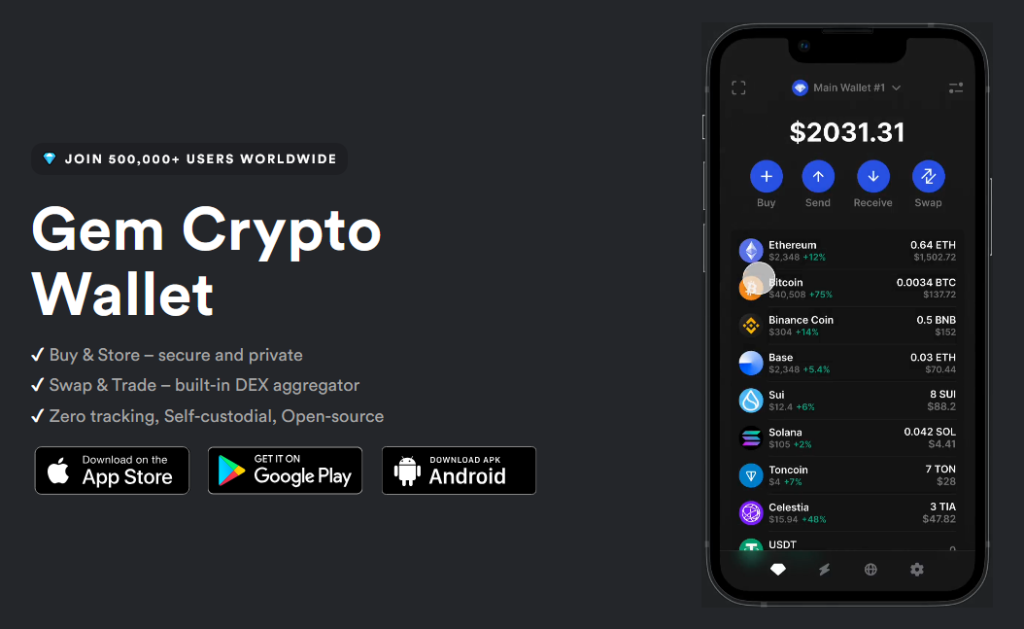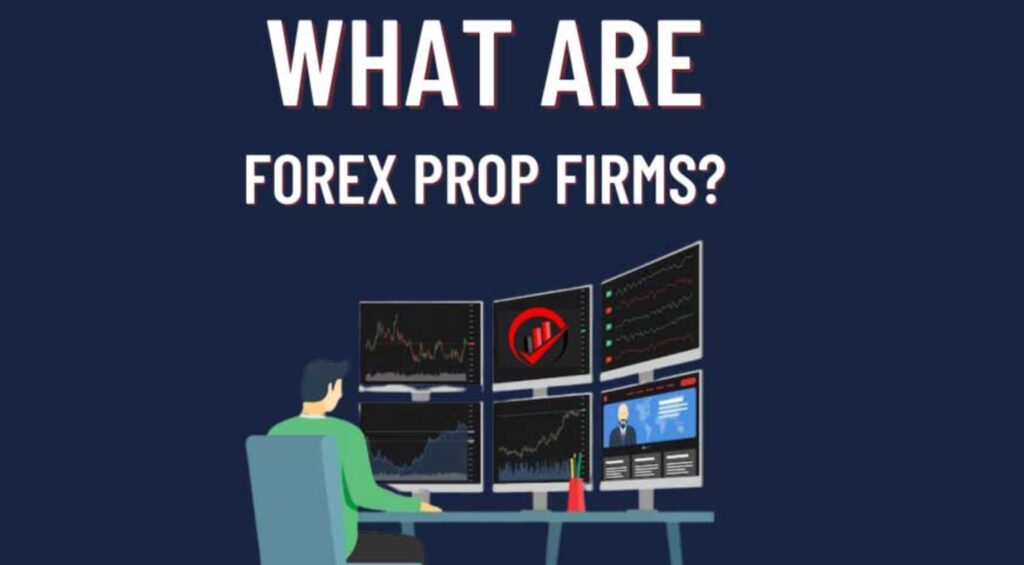The MetaTrader 4 (MT4) platform is one of the most widely used trading platforms in the world. Launched in 2005 by MetaQuotes Software, MT4 quickly became the go-to choice for retail traders, particularly in the Forex market. It offers a user-friendly interface, powerful analytical tools, and the ability to run automated trading systems, also known as Expert Advisors (EAs). In this article, we will explore the features, benefits, and limitations of the MT4 platform, along with a comparative table highlighting its key functionalities against other trading platforms.

What is MT4?
MetaTrader 4 (MT4) is a robust electronic trading platform that provides traders with tools to analyze financial markets, execute trades, and manage accounts. It is especially popular for trading Forex but also supports CFDs (Contracts for Difference), commodities, indices, and cryptocurrencies.
MT4 is renowned for its versatility and efficiency. The platform is available on multiple devices, including desktop, mobile, and web-based versions, which makes it accessible for traders who need to monitor and manage trades on the go.
Key Features of the MT4 Platform
MT4 offers a range of features that make it appealing to traders of all experience levels. Here are some of its key functionalities:
1. User-Friendly Interface
MT4’s interface is designed to be intuitive and easy to navigate. Whether you are a beginner or an advanced trader, the layout makes it simple to manage trades, access tools, and review charts.
2. Advanced Charting Tools
MT4 offers an extensive range of charting tools and indicators that help traders perform in-depth technical analysis. You can customize charts, set time frames, and overlay indicators such as Moving Averages, Bollinger Bands, or the Relative Strength Index (RSI).
3. Automated Trading
One of the standout features of MT4 is its support for Expert Advisors (EAs), which are scripts that automatically execute trades based on predefined criteria. EAs allow traders to engage in algorithmic trading, making it easier to stick to a strategy without being tied to the screen.
4. Custom Indicators
Traders can use built-in indicators or create their own custom indicators with the MetaEditor tool. This flexibility allows traders to develop personalized trading strategies and adapt them to changing market conditions.
5. Security
MT4 uses 128-bit encryption for data transfer between the client and server, ensuring that trades and personal information remain secure.
6. Multi-Account Management
MT4 supports multiple accounts and offers features like MAM/PAMM (Multi-Account Manager/Percentage Allocation Management Module), which allows traders to manage several accounts from a single interface.
Benefits of Using MT4
There are several reasons why MT4 continues to be a popular platform among retail traders.
- Accessibility: MT4 can be accessed across different devices, including Windows, macOS, Android, and iOS, ensuring that traders can stay connected to the market at all times.
- Customizability: With custom indicators, scripts, and EAs, MT4 is highly flexible, allowing traders to personalize their trading experience.
- Vast Community: MT4 boasts a large community of traders and developers, meaning that traders have access to a wealth of free resources, tutorials, and support.
- Low Resource Usage: MT4 is efficient and can run on computers with low specifications, making it accessible to traders with basic setups.
- Wide Broker Support: Nearly all Forex brokers offer MT4 as their platform of choice, making it easy for traders to switch brokers without having to learn a new system.
Drawbacks of MT4
While MT4 is a powerful platform, it does have some limitations.
- Limited Asset Classes: MT4 was primarily designed for Forex trading, and although it supports CFDs and other assets, it’s not as comprehensive as platforms designed specifically for stock or futures trading.
- Lack of Native Multi-Asset Trading: MT4 is less suited for traders who want to trade a wide variety of asset classes like stocks and bonds in a single platform.
- Dated Interface: While functional, the MT4 interface has not seen significant updates since its release in 2005, which may make it feel somewhat outdated compared to newer platforms.
MT4 vs. Other Trading Platforms
To better understand the strengths and weaknesses of MT4, let’s compare it with two other popular trading platforms: MetaTrader 5 (MT5) and cTrader.
| Feature | MT4 | MT5 | cTrader |
|---|---|---|---|
| Release Year | 2005 | 2010 | 2011 |
| Market Access | Primarily Forex, limited CFDs | Forex, Stocks, Futures, CFDs | Forex, Stocks, Commodities, Cryptos |
| Custom Indicators | Yes, via MQL4 | Yes, via MQL5 | Yes, via C# |
| Automated Trading (EAs) | Yes, extensive support for Expert Advisors | Yes, supports advanced Expert Advisors | Yes, supports cAlgo |
| Charting Tools | Advanced technical indicators and tools | More comprehensive than MT4 | Advanced charting with intuitive UI |
| Hedging Support | Yes | Limited | Yes |
| Backtesting | Single-thread backtesting | Multi-thread backtesting | Advanced backtesting |
| User Interface | User-friendly but somewhat dated | Updated, modern interface | Sleek, modern, and user-friendly |
| Mobile App | Yes | Yes | Yes |
| Market Depth | No | Yes | Yes |
| Multi-Account Management | Yes, supports MAM/PAMM | Yes | Yes |
How to Get Started with MT4
Getting started with MT4 is straightforward. Here are the basic steps:
- Choose a Broker: Most Forex brokers offer MT4 as a trading platform. Choose a broker that fits your needs, and ensure they provide a demo account for practice.
- Download MT4: Once you’ve selected a broker, download the MT4 platform from their website or from MetaQuotes directly – https://www.metatrader4.com/en/download.
- Create an Account: Sign up for a demo or live trading account with your broker and log into MT4 using the credentials they provide.
- Familiarize Yourself with the Interface: Spend time exploring the various tools and features within MT4, such as the charting tools, indicators, and order types.
- Install Expert Advisors (Optional): If you wish to automate your trading, you can either purchase or develop your own Expert Advisors.
Conclusion
MT4 remains a favorite among retail traders for its user-friendly interface, advanced charting tools, and ability to support automated trading. While it may not offer all the features of newer platforms, its flexibility and widespread broker support make it a reliable choice for Forex and CFD traders.
For those looking to trade more diverse asset classes, platforms like MetaTrader 5 or cTrader might offer better alternatives, but for simplicity, accessibility, and robust community support, MT4 still holds its ground as one of the best trading platforms available.







I don’t agree with the article at all. The interface is not user-friendly. It is confusing for beginners, and it’s hard to keep track of all the tools. The author saying it’s ‘intuitive’ is just not true.
The article misses the point. MT4 is outdated and lacks many features modern traders need. The comparison table shows MT5 and cTrader are much better options, so why even bother with MT4?
MT4 is too focused on Forex. If you want to trade stocks or bonds, it’s a waste of time. The article should be clearer on its limitations. Better to switch to a more flexible platform.
Automated trading with EAs on MT4 is not perfect. Sometimes it fails to execute trades.
Why use MT4 when MT5 is available? MT5 has more features and is modern.
Security on MT4 is good, but other platforms have better encryption methods.
The dated interface of MT4 is a huge turn-off. It needs an update.
Why bother with MT4? It doesn’t support multi-asset trading which is a deal-breaker.
I don’t think MT4 is that great. It’s too old and the interface is not good.
MT4’s low resource usage is not enough to make up for its outdated design.
MT4 is overrated. There are better platforms like cTrader with more features.
MT4 may be popular, but that doesn’t mean it’s the best. MT5 is superior in many ways.
MT4 is only good for Forex, not useful for other asset classes. A big limitation.